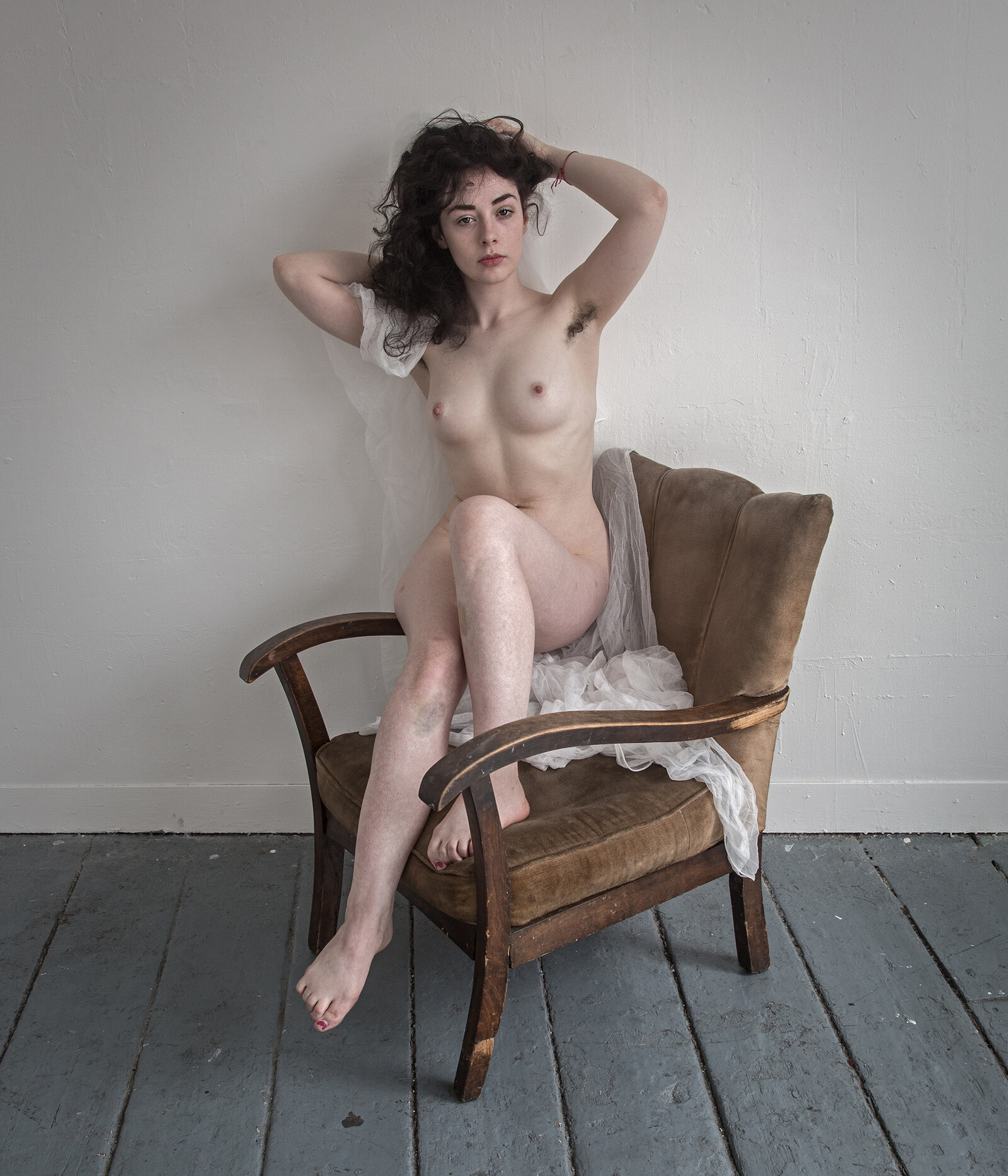July 13–October 28, 2018
Emmet Place
Cork
Ireland
Hours: Monday–Sunday 10am–5pm,
Thursday 10am–8pm,
Sunday 11am–4pm
T +353 21 480 5042
info@crawfordartgallery.ie
Naked Truth: The Nude in Irish Art at the Crawford Art Gallery exhibits over 80 works asserting the existence of a rich history of the depiction of the naked and the unclothed body in the work and practice of Irish artists.
From anonymous, medieval Sheela-na-Gigs to contemporary video and performance work, artists have created images of the nude in a wide variety of ways and to multiple purposes or intents. For many years, prolonged study of the naked model was a fundamental component of all art education, but, if anything, as this practice has largely fallen from the art college curriculum, artists have responded in ever more diverse and interesting ways to the nude as subject matter.
As an iconography, the nude lends itself to stylistic experiment, and examples are included in the exhibition of styles ranging from neo-classicism to cubism to expressionism. Issues of gender and sexuality, of concealment, display, and exhibitionism, of censorship and iconoclasm, of agency, autonomy—and sometimes their opposites—are touched upon, with work ranging from the provocative and profound, to the titillating, comic and subversive.
More personal issues surrounding gender identity (usually as one theme coalescing within a complex of issues) are explored in works by Dorothy Cross, Kathy Prendergast and Alice Maher. Sexual identities are revealed, relished and commemorated in images by Francis Bacon, Patrick Hennessy, Billy Quinn and Henry Robertson Craig. Meanwhile, works by artists such as Amanda Coogan, Nigel Rolfe, Brian Maguire, Jason Dunne, Pádraig Spillane, Lynn-Marie Dennehy and Andrew Folan explore the relative, and often shifting, identities of subject and maker, and the complex, sometimes ambiguous, chain of interactions between them—questions of pose, perspective and power.
Women artists continue to reimagine the traditional relationship between artist and sitter. Elizabeth Cope paints luscious male nudes while Dragana Jurisic has collapsed the dividing line between creator and subject, specifically examining the female gaze. In her work 100 Muses each individual sitter became the autonomous arbiter of her own presentation. Whilst Brian Maguire’s depictions of brutal murders in Juárez, Mexico ironically reference the painting tradition of Nature Morte—Still Life.
Precisely because we are individually so aware of what the human body looks like—often at odds with the commercial ideal body of the 21st century—the use of the naked and the nude by artists continues to be a significant, if sometimes divisive, subject in contemporary society.
Artists: Francis Bacon, Robert Ballagh, James Barry, Pauline Bewick, Amanda Coogan, Barrie Cooke, Elizabeth Cope, Dorothy Cross, William Crozier, Lynn-Marie Dennehy, Gerard Dillon, Daniel Mark Duffy, Jason Dunne, Megan Eustace, Robert Fagan, Eamonn Farrell, Micheal Farrell, Andrew Folan, Patrick Graham, Kevin Francis Gray, Hugh Douglas Hamilton, Eileen Healy, Patrick Hennessy, Mainie Jellett, William Jones, Dragana Jurisic, David Lilburn, Maurice MacGonigal, Brian Maguire, Alice Maher, F.E. McWilliam, William Mulready, Roderic O’Conor, Joseph O’Reilly, William Orpen, Kathy Prendergast, Sarah Purser, Billy Quinn, Henry Robertson Craig, Nigel Rolfe, Pádraig Spillane, Spencer Tunick, Patrick Tuohy and William Willes.
Curated by William Laffan and Dawn Williams
The exhibition is accompanied by an extensive Learn & Explore programme (see website for details).
Crawford Art Gallery is a National Cultural Institution based in the heart of Cork City. Through temporary exhibitions, learn & explore programmes and its expansive collection, the Crawford Art Gallery is committed to fostering recognition, critical assessment, and acknowledgement of historical and contemporary Irish and international art practice.
Naked Truth: The Nude in Irish Art is generously supported by the Department of Culture, Heritage and the Gaeltacht / An Roinn Cultúir, Oidheachta agus Gaeltachta.


